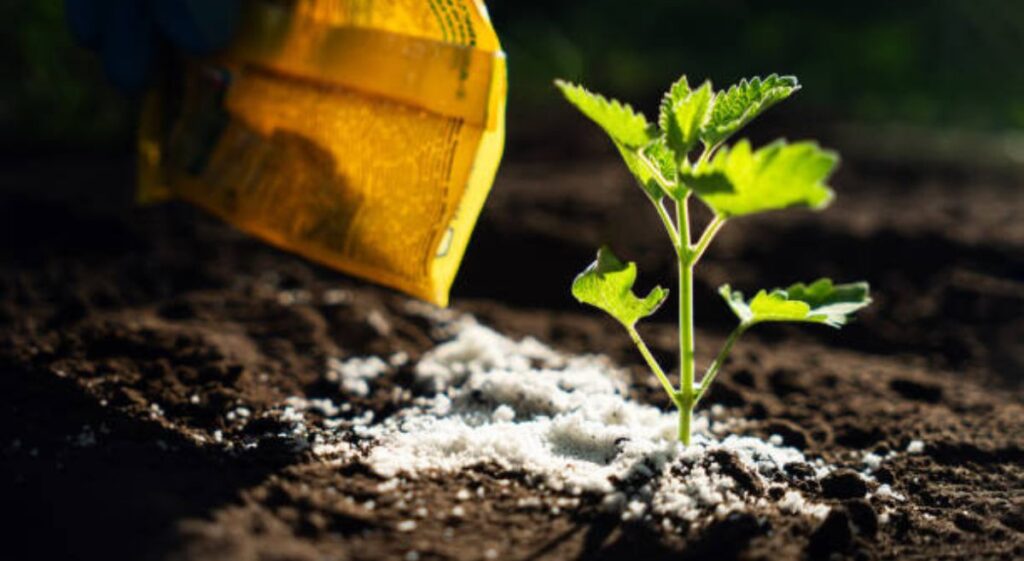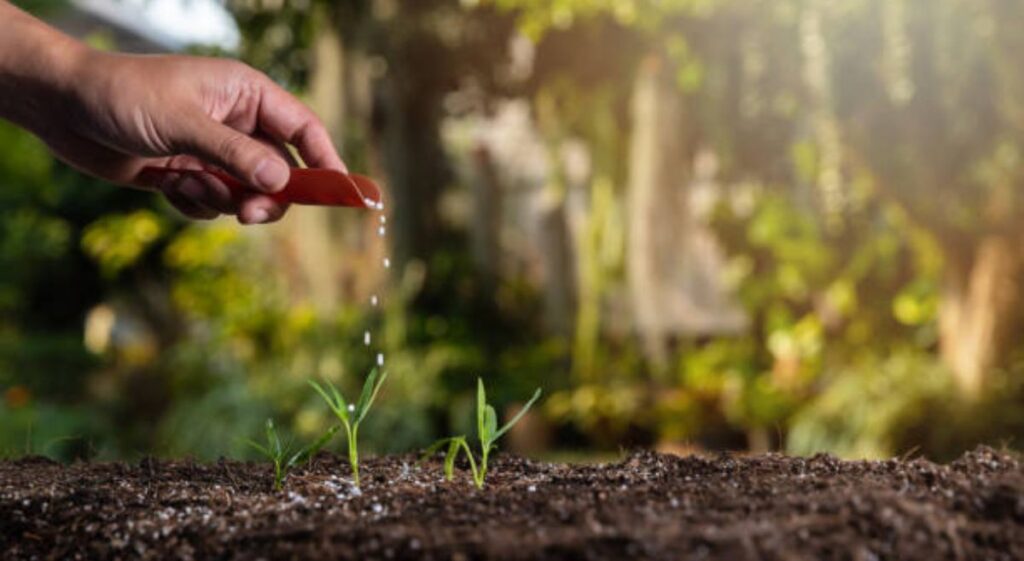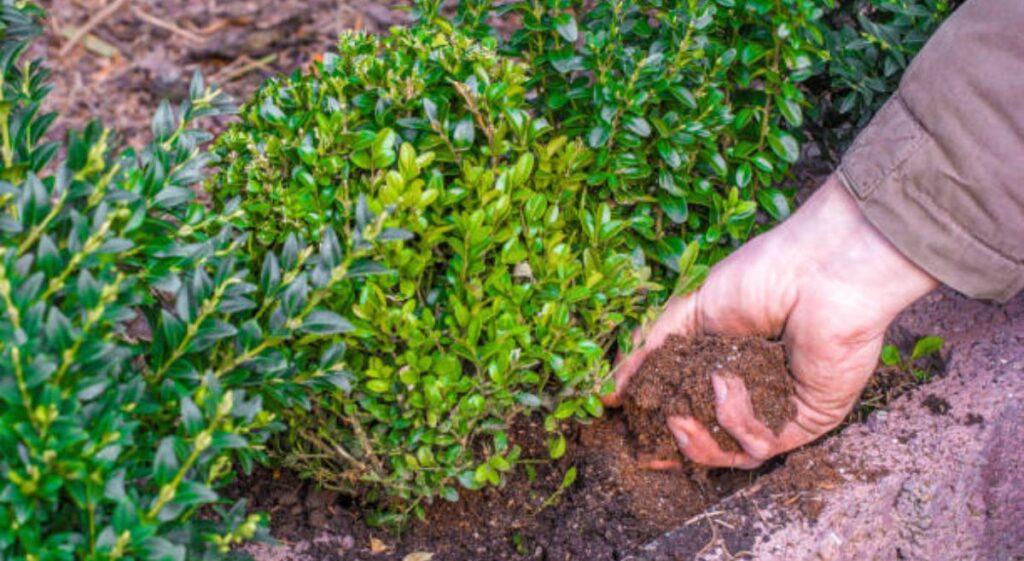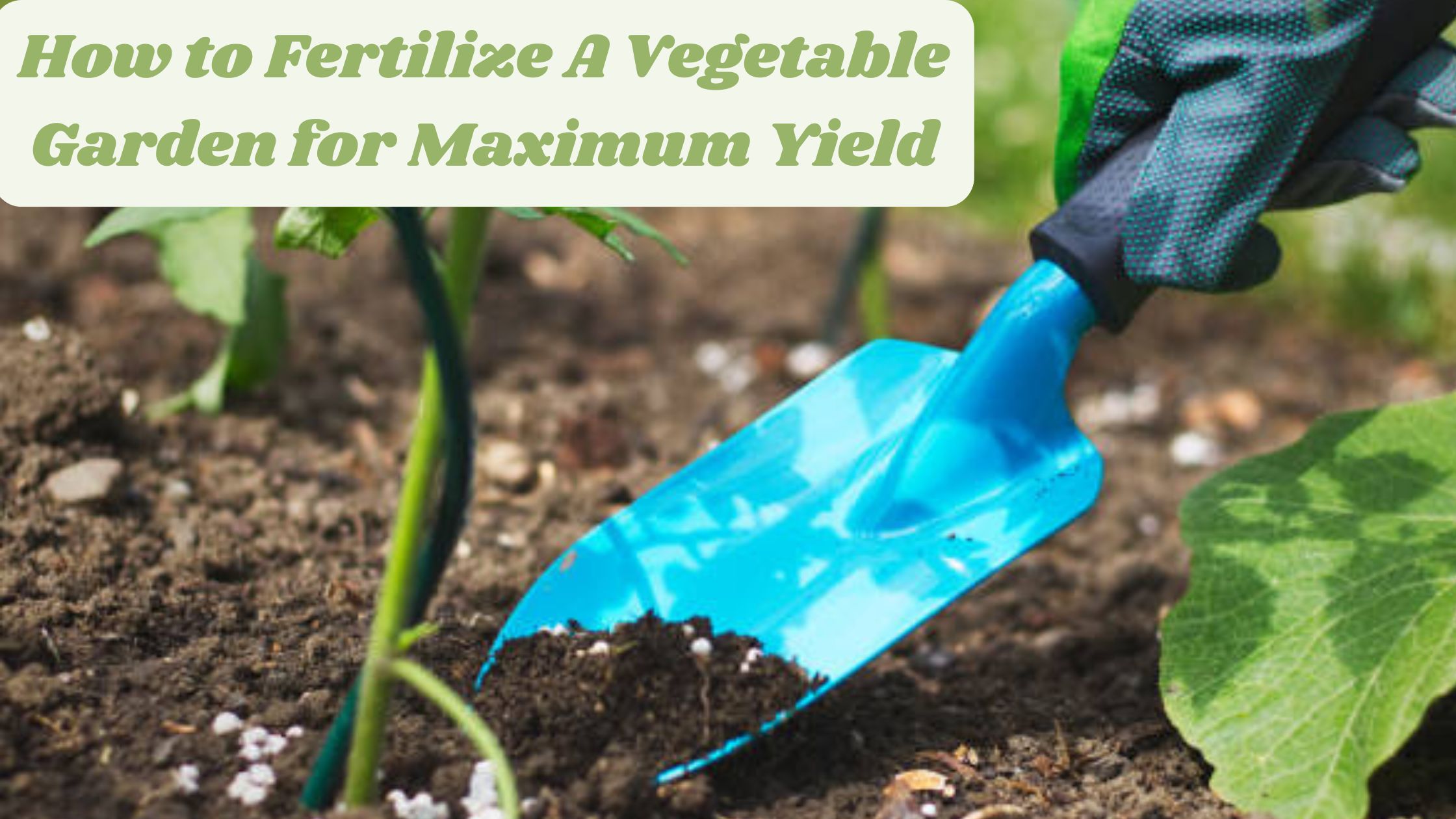Introduction
How to Fertilize A Vegetable Garden for Maximum Yield

Unlocking the potential of your vegetable garden begins with the strategic use of fertilizers. Maximizing your harvest requires more than just planting seeds; it demands nurturing your plants with the right nutrients. This guide delves into the best practices for fertilizing your vegetable garden, ensuring strong, healthy plants, and an abundant harvest..
What is the best time to fertilize a vegetable garden?
The optimal time for fertilizing a vegetable garden hinges on several factors, including the vegetable varieties being grown, the condition of the soil, and the type of fertilizer used. Here are some general guidelines:
1. Pre-Planting:
- Soil Preparation: Test your soil’s nutrient levels, and amend with compost or balanced fertilizer a few weeks before planting.
- Application: Incorporate the fertilizer into the top few inches of soil to ensure accessibility for seedlings.
2. Planting Time:
- Starter Fertilizer: Use a starter fertilizer, especially for plants like tomatoes, peppers, and cabbage, to promote robust root development in young plants.
3. During the Growing Season:
- Early Growth Stage: Apply a balanced fertilizer or one high in nitrogen when plants begin growing actively, encouraging leafy growth in vegetables like lettuce, spinach, and other greens.
- Mid-Season Fertilizing: For fruiting vegetables like tomatoes, peppers, and squash, switch to a fertilizer richer in phosphorus and potassium as the plants begin flowering and setting fruit to aid flower and fruit development.
4. Post-Harvest:
- Soil Replenishment: After the growing season, replenish the soil with compost or organic matter to restore nutrients and prepare for the next planting season.
Timing Tips:
- Morning Application: Fertilize early in the morning, allowing plants ample time to absorb nutrients before the heat of the day.
- Avoid Hot Days: Avoid fertilizing during hot weather to prevent plant stress; cooler temperatures are more suitable.
- Rain Consideration: Fertilize before expected rain to facilitate nutrient absorption into the soil, but avoid fertilizing just before heavy rain to prevent runoff.
Customizing your fertilization schedule based on your garden’s specific needs will contribute to healthier plants and a more bountiful harvest.
What nutrients do vegetables need the most?
Vegetables require a variety of nutrients to grow healthily and produce a good yield. The most essential nutrients for vegetables can be categorized into macronutrients and micronutrients:

1. Macronutrients:
These are needed in larger quantities and include:
- Nitrogen (N):
- Function: Vital for leafy growth. Nitrogen is a major component of chlorophyll, the compound plants use in photosynthesis.
- Signs of Deficiency: Yellowing leaves, especially the older ones, stunted growth.
- Phosphorus (P):
- Function: Crucial for root development, flowering, and fruiting. Phosphorus is also involved in energy transfer within the plant.
- Signs of Deficiency: Purplish or dark green foliage, poor fruit or flower production, weak root systems.
- Potassium (K):
- Function: Supports overall plant health, helps in the synthesis of proteins, and strengthens the plant’s resistance to disease.
- Signs of Deficiency: Yellowing edges of leaves, weak stems, poor fruit quality.
2. Secondary Nutrients:
These are also important but required in smaller quantities than macronutrients:
- Calcium (Ca):
- Function: Important for cell wall structure and stability, helps prevent blossom-end rot in tomatoes and peppers.
- Signs of Deficiency: Deformed leaves, blossom-end rot, stunted growth.
- Magnesium (Mg):
- Function: Central component of chlorophyll, aids in photosynthesis, and enzyme activation.
- Signs of Deficiency: Interveinal chlorosis (yellowing between veins of older leaves), poor fruit development.
- Sulfur (S):
- Function: Integral to certain amino acids and proteins, supports enzyme function.
- Signs of Deficiency: Yellowing of young leaves, reduced growth.
3. Micronutrients:
These are needed in very small amounts but are still crucial for plant health:
- Iron (Fe): Necessary for chlorophyll production. Deficiency causes yellowing between leaf veins.
- Manganese (Mn): Works with enzymes in photosynthesis. Deficiency leads to yellowing between veins and spots on leaves.
- Zinc (Zn): Important for growth hormone production and enzyme function. Deficiency causes stunted growth and small leaves.
- Copper (Cu): Helps in photosynthesis and enzyme processes. Deficiency results in wilting and delayed growth.
- Boron (B): Important for cell wall formation and reproductive development. Deficiency causes distorted growth and poor pollination.
- Molybdenum (Mo): Needed for nitrogen fixation and enzyme processes. Deficiency leads to yellowing and misshapen leaves.
4. Organic Matter:
Though not a nutrient itself, organic matter improves soil structure, retains moisture, and provides a slow release of nutrients as it decomposes.
Balanced Fertilization:
A balanced approach to fertilization, ensuring your garden has adequate levels of these nutrients, is key to successful vegetable gardening. Regular soil testing can help you monitor nutrient levels and adjust your fertilization practices as needed.
What is the best organic fertilizer for vegetables?
When selecting the best organic fertilizer for your vegetable garden, consider your soil conditions, the types of vegetables you’re growing, and the specific needs of your garden. Several organic fertilizers are highly effective for vegetable gardens. Here are some top choices:

1. Compost:
- Composed of decomposed organic matter like kitchen scraps, yard waste, and manure.
- It improves soil structure, retains water, provides a slow release of nutrients, and promotes beneficial microbial activity.
- Ideal for all types of vegetables.
2. Well-Rotted Manure:
- Animal manure that has decomposed over time, commonly from cows, horses, chickens, or rabbits.
- Rich in nitrogen and other essential nutrients, it enhances soil structure and moisture retention.
- Best suited for leafy greens and nitrogen-loving plants.
3. Worm Castings:
- The digested waste of earthworms, also known as vermicompost.
- High in beneficial microorganisms, nutrients, and humic acids, it boosts plant growth and soil health.
- Excellent for seedlings, root vegetables, and container gardening.
4. Fish Emulsion:
- A liquid fertilizer made from fish waste like scraps, oil, and bones.
- Provides a quick boost of nitrogen and trace minerals, and is fast-acting.
- Ideal for leafy greens, tomatoes, and other vegetables requiring a nitrogen boost.
5. Bone Meal:
- Finely ground animal bones, usually from cattle.
- High in phosphorus, promoting root development, flowering, and fruiting.
- Best for root vegetables like carrots and potatoes, as well as flowering vegetables like tomatoes and peppers.
6. Blood Meal:
- Dried and powdered animal blood, typically from cattle.
- Extremely high in nitrogen, promoting lush, green growth.
- Suited for nitrogen-hungry plants like leafy greens, broccoli, and cabbage. Use cautiously to avoid burning plants.
7. Seaweed/Kelp Meal:
- Dried and ground seaweed or kelp, usually from cold-water ocean environments.
- Rich in trace minerals, growth hormones, and amino acids, helping plants resist stress and improving overall plant health.
- Beneficial for all vegetables, especially those grown in poor soil.
8. Alfalfa Meal:
- Ground alfalfa, a leguminous plant.
- Provides nitrogen, phosphorus, potassium, and trace elements. Contains triacontanol, a natural growth stimulant.
- Suitable for most vegetables, particularly those requiring a steady nitrogen supply.
9. Rock Phosphate:
- A natural mineral mined from clay deposits.
- High in phosphorus, essential for root growth and flower/fruit production. It also contains calcium.
- Ideal for flowering and fruiting vegetables. It’s slow-releasing, so apply during soil preparation.
10. Green Manures/Cover Crops:
- Crops like clover, vetch, and rye grown specifically to be tilled back into the soil.
- Adds organic matter, improves soil structure, increases nitrogen availability, and prevents soil erosion.
- Best for improving soil fertility over time. Plant in fall or spring and till them under before planting vegetables.
Choosing the Best Fertilizer:
- Conduct a soil test to determine nutrient deficiencies.
- Select fertilizers based on your plants’ specific needs.
- Consider the application method, as some fertilizers are mixed into the soil before planting, while others are used as top dressings or liquid feeds during the growing season.
By incorporating a combination of these organic fertilizers, you can provide a balanced nutrient profile for your vegetable garden, promoting healthy plant growth and a bountiful harvest.
Conclusion
To maximize your vegetable garden’s yield, proper fertilization is essential. Start by understanding your soil’s nutrient requirements. Choose a fertilizer that suits those needs, and time its application strategically. This approach promotes robust plant growth and bountiful produce. Remember to monitor your garden throughout the growing season. Adjust your fertilization practices as necessary to support vibrant and healthy plants.
References:
- University of California Agriculture and Natural Resources:
- “Soil Management and Fertilization for Home Gardens.”Access: UCANR Soil Management Guide
- The Old Farmer’s Almanac:
- “Fertilizing Your Garden: How and When to Fertilize Your Plants.”Access: Old Farmer’s Almanac Fertilizing Guide
- Penn State Extension:
- “Fertilizing Vegetables.”Access: Penn State Extension Fertilizing Vegetables
- Rodale Institute:
- “The Best Organic Fertilizers to Feed Your Garden.”Access: Rodale Institute Organic Fertilizers
- University of Minnesota Extension:
- “Nutrient Management for Vegetable Gardens in Minnesota.”Access: University of Minnesota Extension Guide
- Missouri Botanical Garden:
- “Home Vegetable Gardening.”Access: Missouri Botanical Garden Vegetable Gardening
